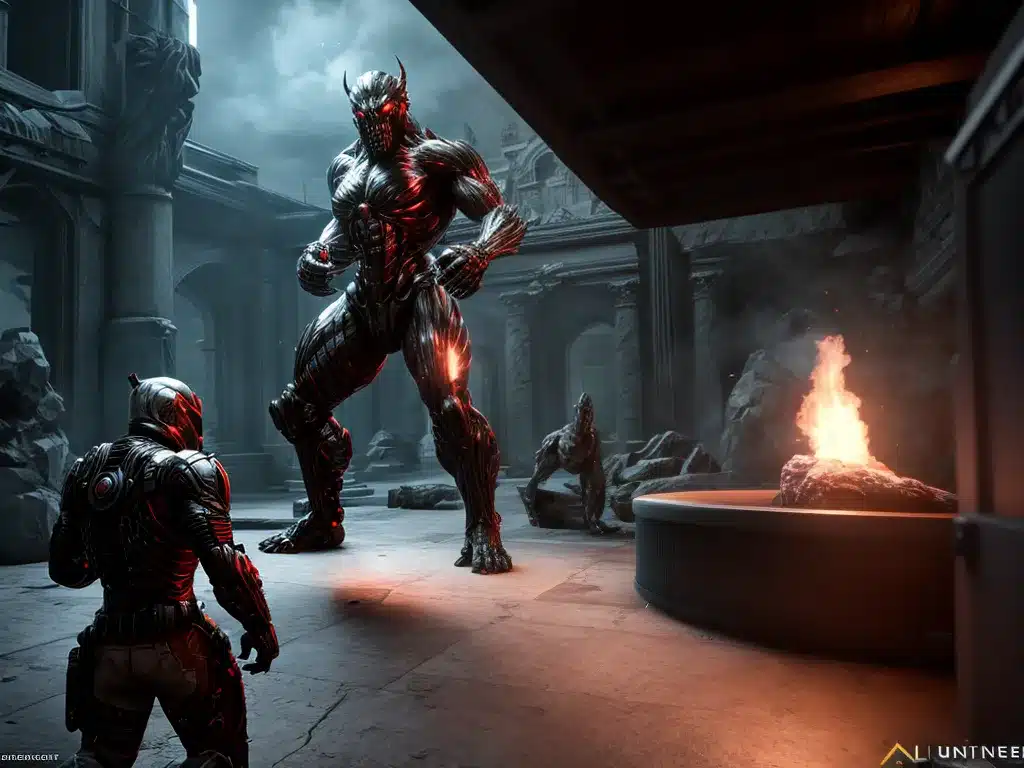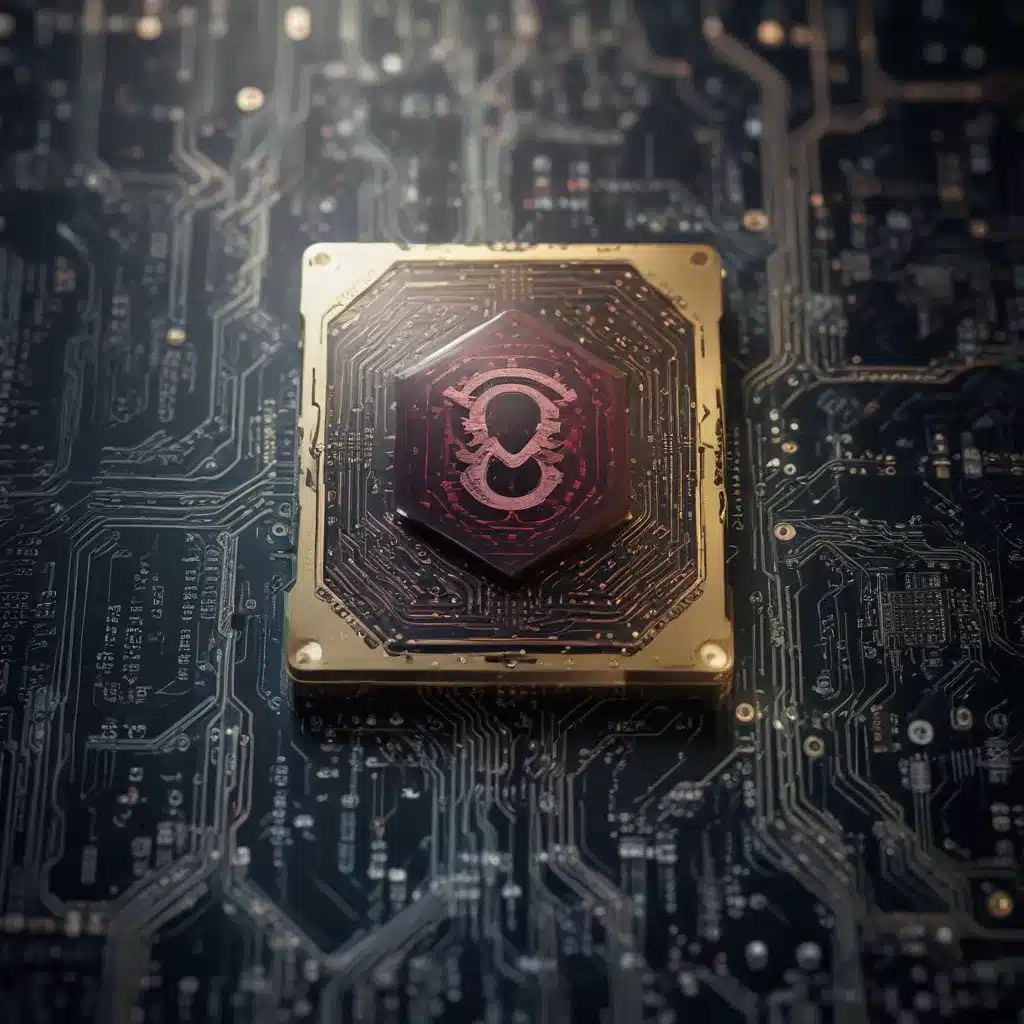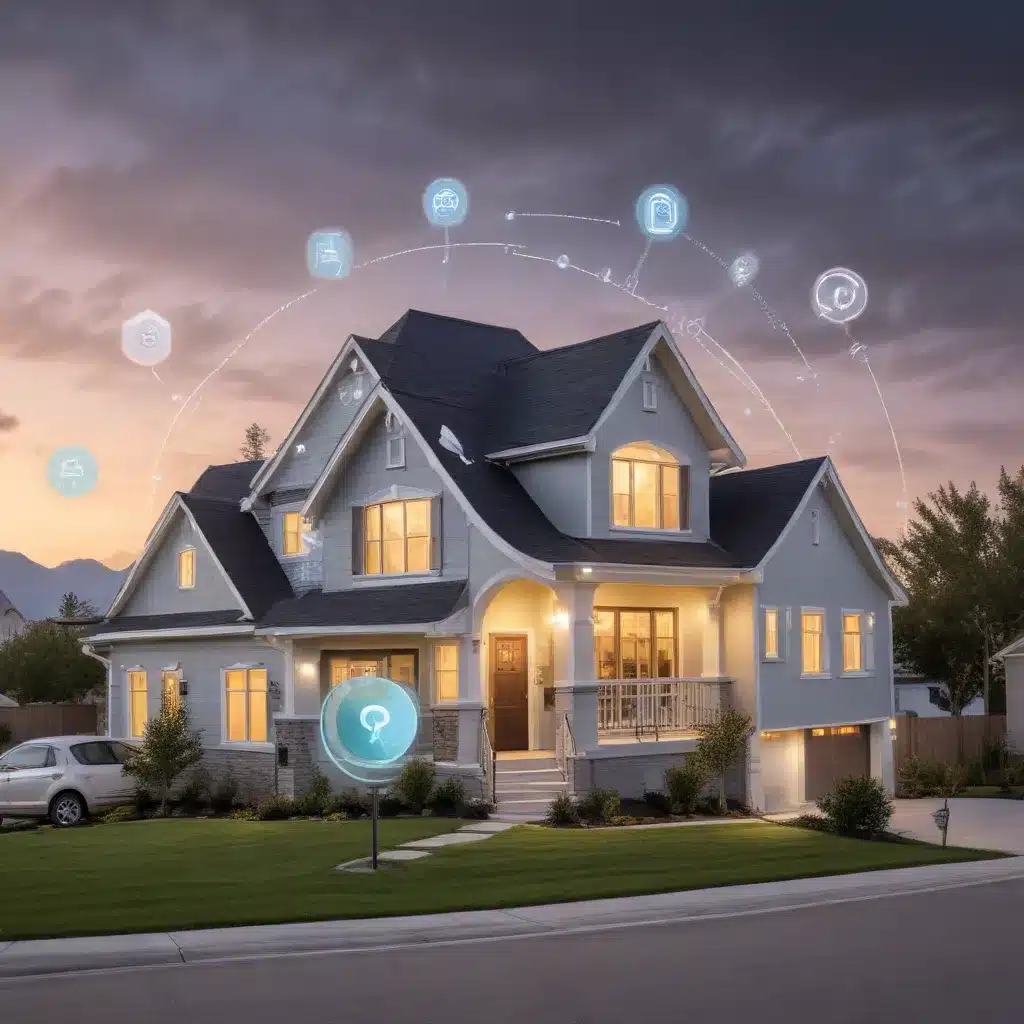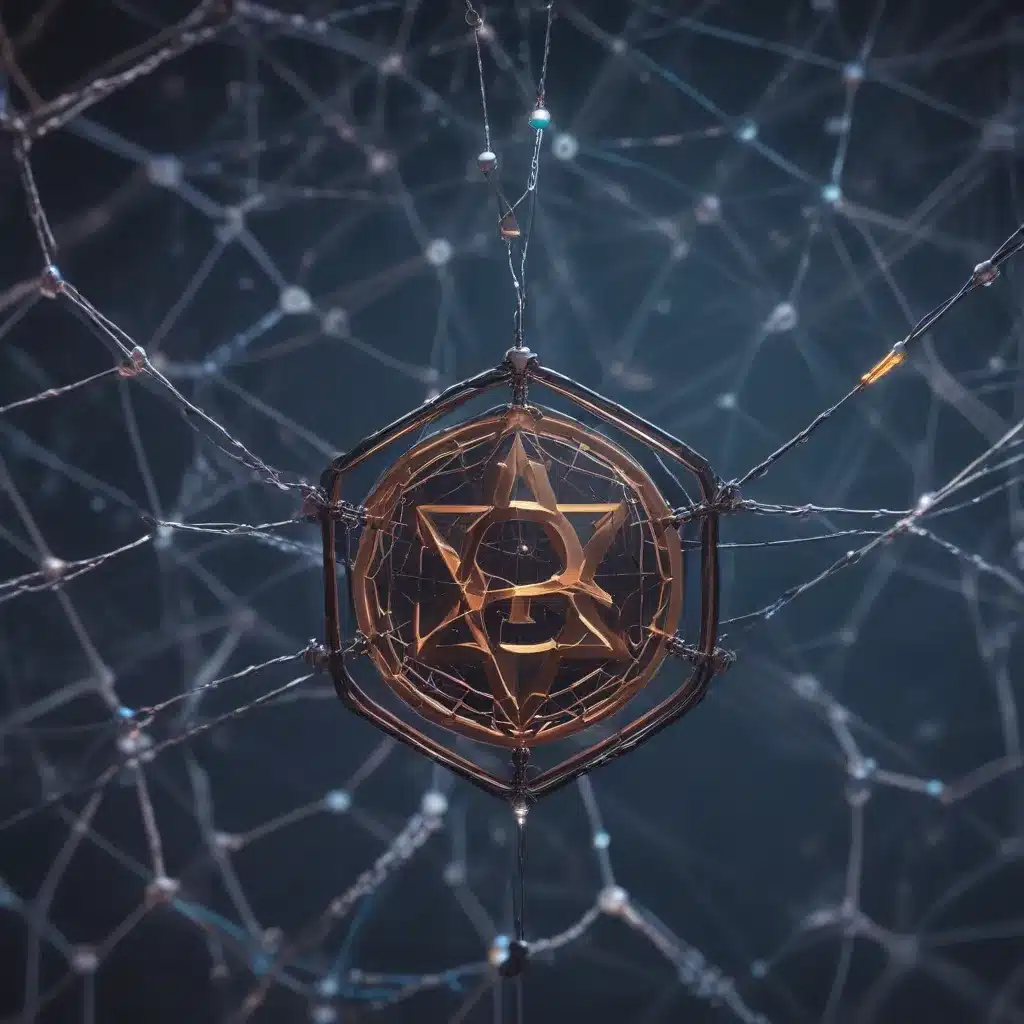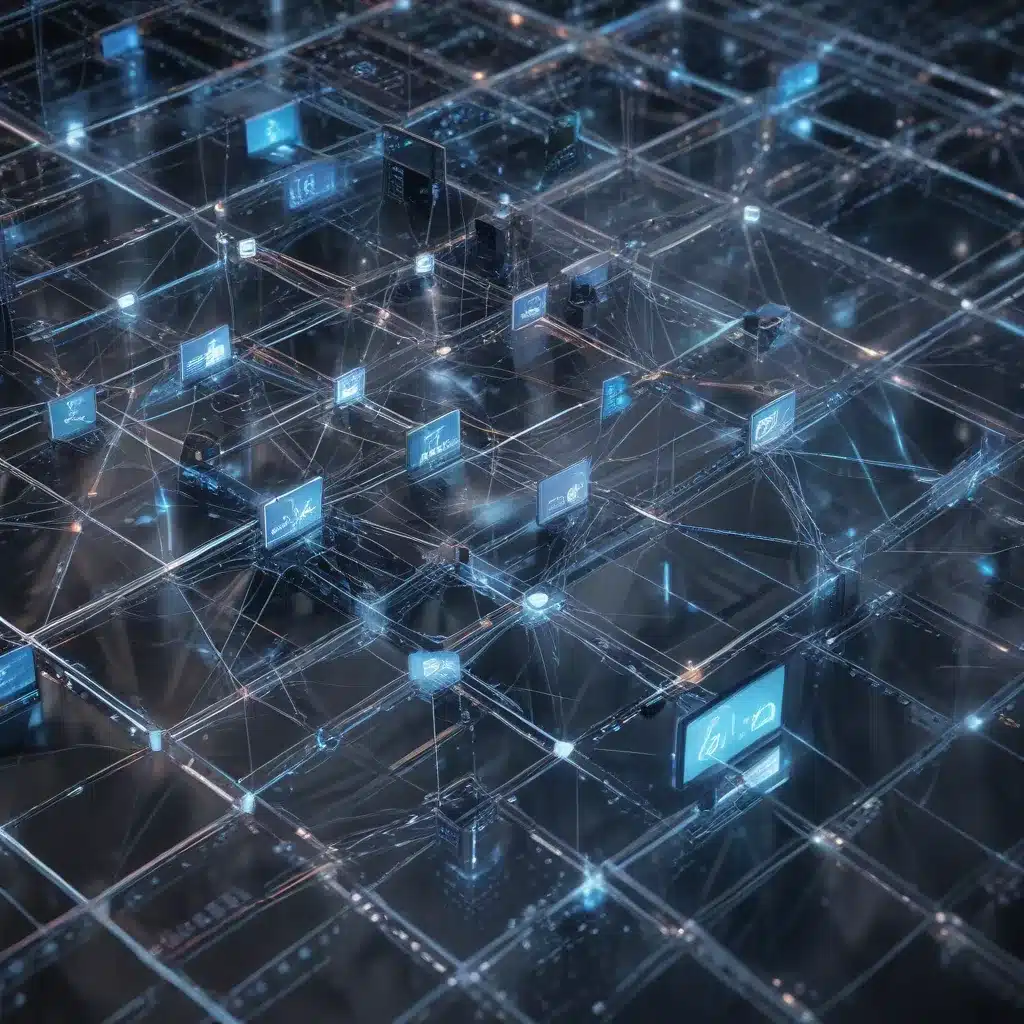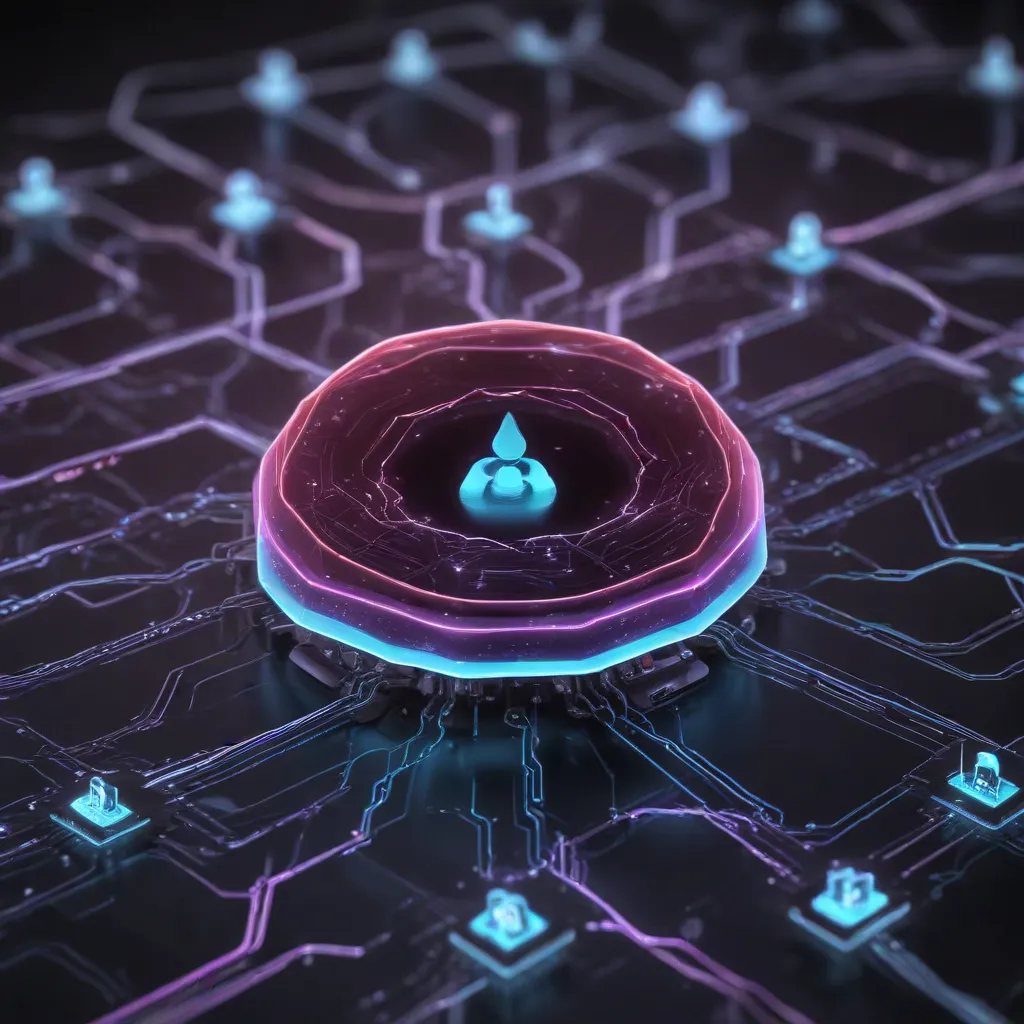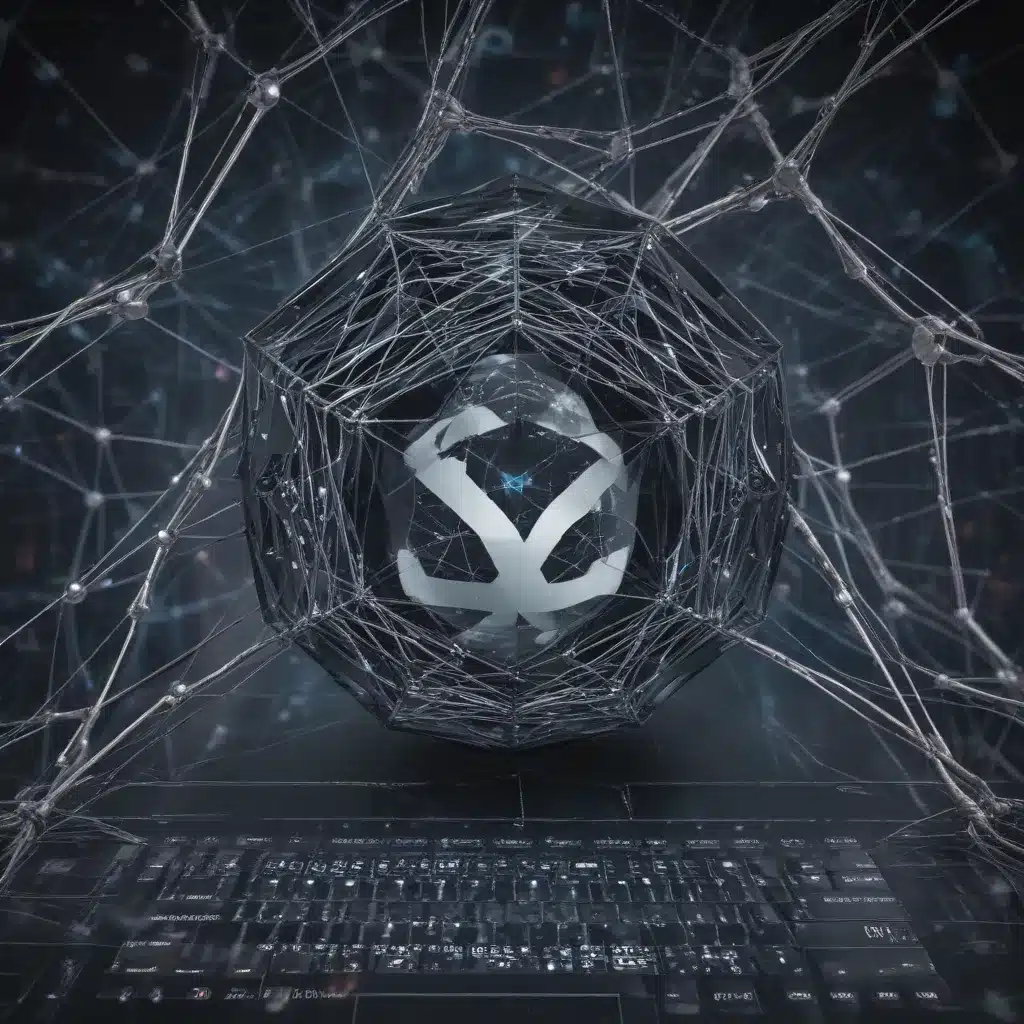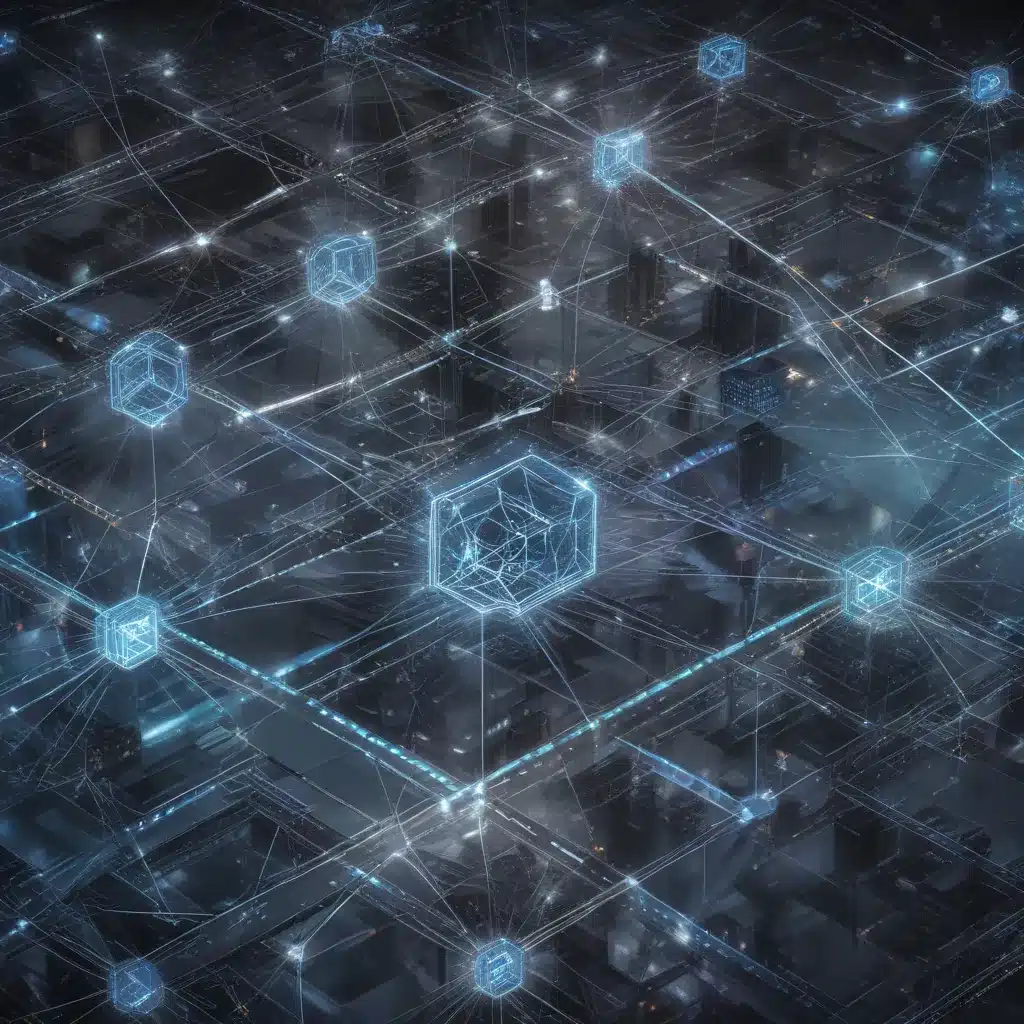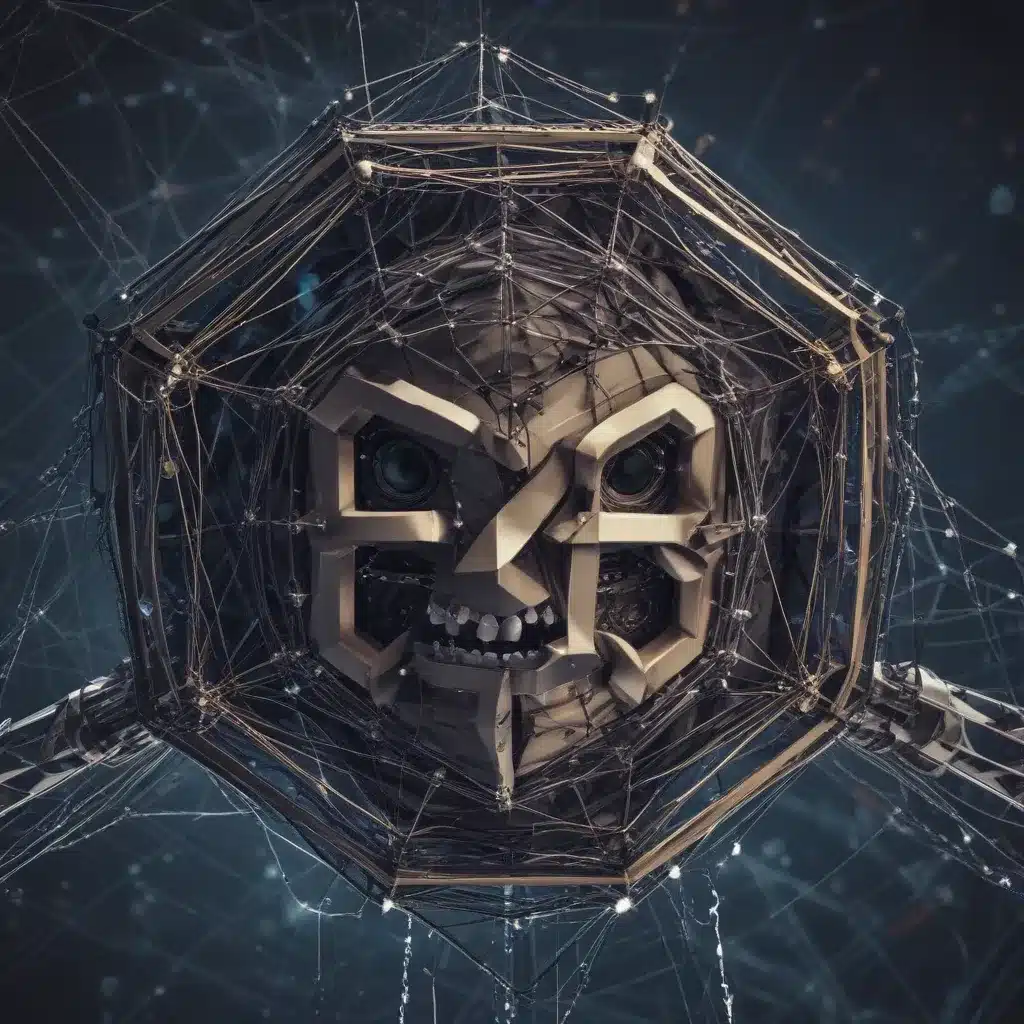The release of Unreal Engine 6 marks a major leap forward in real-time 3D graphics and visualization. With its Nanite virtualized micropolygon geometry and Lumen global illumination features, Unreal Engine 6 enables film-quality assets and realistic lighting in real-time. In this article, I will provide an in-depth look at some of the key graphics features of Unreal Engine 6 and showcase some of the stunning visuals made possible with this new technology.
Nanite Virtualized Geometry
One of the flagship features of Unreal Engine 6 is Nanite virtualized micropolygon geometry. This technology allows artists to import highly complex models with millions or billions of polygons and render them in real-time without compromising detail.
Traditionally, complex models have to be manually optimized and reduced in complexity before being brought into a game engine. With Nanite, there is no need for this time-consuming process. The Nanite system automatically converts high-poly models into optimized micropolys at runtime while preserving all the detail.
This means artists can create assets without polycount restrictions and instance vast quantities of geometric detail. For example, Epic Games demonstrated Nanite by importing 8.5 billion polygons of sculptedSCAN asset scans into a scene on a PS5 running at 30 FPS. This level of detail was previously impossible in real-time.
Some key features and benefits of Nanite include:
- Automatic LODs: Nanite automatically generates level of detail variations so complex assets can be scaled to fit the needs of the scene.
- Virtualized geometry: Only visible micropolys are streamed in and rendered. This keeps frame rates high while allowing immense detail.
- Nanite supports all common model and texture formats like FBX, ZBrush files, Substance materials, and Quinton scans.
- Works with other Unreal features like Lumen and World Partition for huge open worlds.
With Nanite, the level of geometric detail in Unreal Engine is now practically limitless. Anything imagined can be virtualized.
Lumen Global Illumination
Lumen is a fully dynamic global illumination solution that immediately reacts to scene changes in lighting, geometry, and more. This enables previously impossible real-time effects like indirect lighting, reflections, refractions, and shadows without pre-baking.
Some key features of Lumen include:
- Fully dynamic: Lighting adapts seamlessly to changes in lighting, materials, and geometry with no pre-baking required.
- Diffuse global illumination: Realistic indirect lighting from diffuse reflections fills the scene naturally.
- Glossy reflections: Picks up reflections from glossy materials like metal, glass, and water.
- Emissive lighting: Illuminates surroundings based on light emitted from surfaces like LED screens.
- Volumetric fog: Rays march through fog to create realistic volumetric lighting effects.
- Multi-bounce: Light can bounce off multiple surfaces for added realism.
Lumen erases the limitations of pre-computed and baked lighting. Levels can have dynamic day-night cycles, destructible environments, and editing freedom impossible with traditional solutions. This brings cinematic CG lighting into real-time environments.
Epic has showcased stunning Lumen demos with reflective materials, indirect illumination, dynamic sky lighting, and other effects that react smoothly in real-time. It unlocks more dynamic worlds.
World Partition 2
World Partition introduced in Unreal Engine 5 is now upgraded to World Partition 2 in UE6. This feature enables the creation of massive worlds with no baking, streaming, or loading.
World Partition 2 improves on the original with:
- Support for multiple partition hierarchies allowing for worlds at scales ranging from 1km to 1,000km.
- Reworked UI with better visualization of partitions and proxies.
- New partition replication flow improving multiplayer performance.
- Asynchronous partition streaming for faster loading of far away areas.
- Integrated with Unreal Editor tools like brush sculpting and plugins.
Epic demonstrated World Partition 2 by creating a 1,000 km^2 world filled with high-detail photogrammetry assets streamed seamlessly as the camera moved through the expansive environment.
This has huge implications for open world games, explorable worlds, and virtual worlds where streaming content dynamically is crucial. Combined with Nanite and Lumen, it allows for cinematic detail at massive scales.
Temporal Super Resolution (TSR)
Temporal Super Resolution (TSR) is an upscaling technique that uses machine learning to increase render resolution while preserving image quality.
TSR utilizes past frame data and motion vectors to reconstruct a higher resolution image that maintains sharpness and detail. This allows for 4K quality graphics from lower base resolutions even on mobile hardware.
Key TSR features:
- Anti-aliasing: Smooths jagged edges for clean image quality.
- Native integration: Works automatically with UE6 rendering features like Nanite, Lumen, and Virtual Shadow Maps.
- Temporal stability: Minimizes artifacts and flickering in motion.
- Detail preservation: Retains high-frequency detail for sharpness without blurring.
- Performance: Runs efficiently even on mobile GPUs.
In benchmarks, Epic showed TSR running at 30 FPS in 4K on mobile while native rendering was only able to achieve 1080p at 30 FPS. This is a massive boost in image quality and resolution efficiency.
TSR will enable developers to achieve borderline photorealistic visuals in high resolutions even on platforms like mobiles and standalone VR headsets.
Ray Traced Reflections
Unreal Engine 6 expands the ray tracing feature set with ray traced reflections. This generates pixel-perfect planar reflections on glossy and metal surfaces.
Compared to older techniques like screen space reflections, ray traced reflections have key advantages:
- Wider field of view with accurate off-screen reflections.
- Eliminates typical artifacts like flickering, holes, and blurring.
- Proper rendering of transparent and refracting surfaces.
- Highest accuracy modeling how light actually bounces in the real world.
With optimized UE6 ray tracing performance, ray traced reflections can now be used extensively in areas like:
- Puddles, marble floors, chrome: Detailed planar reflections on ground and curved surfaces.
- Cars, armor: Accurate reflections on vehicles and metal.
- Windows, glass: Correct see-through reflections and refractions.
- Liquids: Reflective fluids, rippling water surfaces, etc.
This adds a whole new level of visual quality and realism while taking advantage of the physically based real-time ray tracing in Unreal Engine.
Virtual Shadow Maps
Virtual Shadow Maps (VSM) is an optimization technique that massively improves real-time directional shadow quality.
Traditional shadow mapping can exhibit artifacts like aliasing, jagged edges, Moire patterns, and flickering. VSM solves this by smoothly filtering shadows in a way that mimics area lights.
Benefits of VSM include:
- Anti-aliasing – Soft, smooth shadows without jagged edges.
- Stable cascaded shadows – No more flickering and changes in shadows as camera moves.
- Thin contact shadows – Crisp outline shadows from detailed meshes.
- Correct transparency & refraction – Proper shadows through glass, chainlink fences, etc.
- Mobile performance – Efficient implementation runs well on mobile GPUs.
This takes real-time directional shadows to a new level of quality and stability while still allowing them to be dynamic and adjustable. Expect cinema-grade shadowing from primary light sources.
VSM combined with Lumen global illumination yields incredibly realistic and responsive lighting that was impossible just years ago.
World of Possibilities
Unreal Engine 6 opens up worlds of new creative possibilities with its revolutionary improvements to real-time 3D graphics and performance. Nanite, Lumen, World Partition 2, and the integrated ray tracing usher in the next generation of virtual worlds.
Developers can now create living worlds full of cinematic detail without being limited by technology. Features like Lumen and Nanite reduce the need for baking and pre-processing. TSR enables high resolutions on any device.
Epic’s stunning UE6 technical demonstrations give just a taste of what’s possible. With these tools in the hands of artists, we will see an explosion of new concepts and visions not imaginable before. The future of 3D real-time experiences has arrived.

